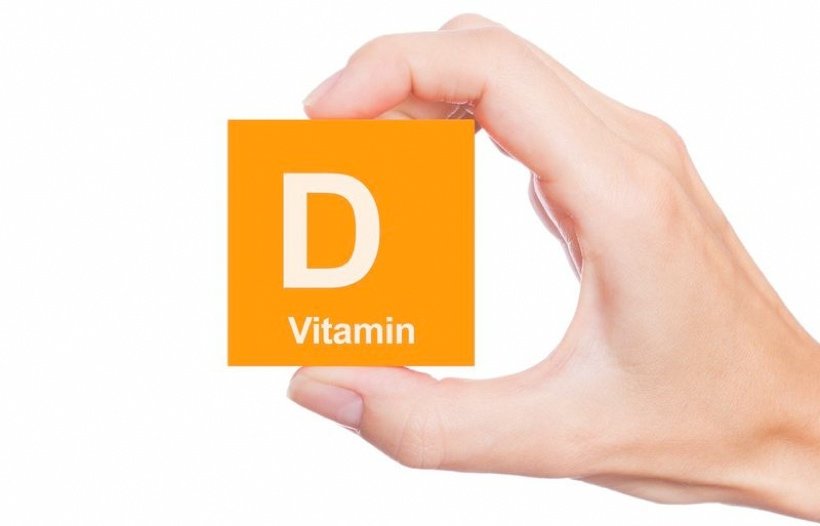The festive season has finally arrived! – and so have the shortest and darkest days of the year (for those of us in the Northern hemisphere).
And though it’s a time of holiday cheer, there is a very easy to pinpoint reason why you might not be feeling up to all the parties:
December vitamin D deficiency.
This twelfth month is unlike all others, as so many cultures take time to gather with friends and family to celebrate. And there is a spirit of giving and an affinity even with common strangers that is unique to December.
What is also special to this time is the Winter Solstice, where for thousands of years we’ve observed the shortest day of the year.
Right now we in the north are at our furthest distance from the sun. And that means we are getting the least amount of vitamin D. This is worth noting, considering that three quarters of Americans are lacking optimal amounts of D – even in the sunny summer. (1)
And the numbers – possibly due to even greater movement to indoor leisure and work, and dedication to sunblock products- are getting worse.
The Sun: Needed for More Than Just Warmth
Vitamin D measurements on 18,883 American people, from 1988 to 1994 revealed 45% had 30 nanograms per milliliter or more of vitamin D, which is considered a sufficient amount for general health.
Just 10 short years later, that number fell from 45 to 23%! (2)
Many mainstream doctors now say that this deficiency is hitting epidemic proportions – and needlessly so, because it costs mere pennies a day in supplement form, and is toxic only at massive amounts we’re not even close to. On top of rickets and the connection to osteoporosis, falling short on vitamin D is also associated with:
- Increased risk of death from cardiovascular disease
- Cognitive impairment in adults
- Asthma
- Cancer…and more!
What is D?
Vitamin D is a fat-soluble ‘vitamin’ (actually not a vitamin technically, but a group of fat-soluble secosteroids responsible for improving intestinal absorption of calcium and phosphate).
It is present in very few foods, but is added to others. It’s also available as a dietary supplement. However, we mostly and traditionally rely on making it endogenously (meaning ‘produced within an organism, tissue, or cell’), when ultraviolet rays from sunlight hit the skin and trigger vitamin D synthesis.
Throughout history we got enough of it, as we worked outdoors – directly in it – and without constant use of sunscreen. When the days grew shorter and the sun was farther, we would tap into the D that the body is able to store (because it is fat soluble) over most of the winter.
We still do store D that is accumulated during the summer. However, we collect nowhere near the same amounts as our ancestors did, due to indoor leisure and work, and sunscreen use. See, our forefathers and mothers would produce as much as 50 000 IU -in one day- in the fields.
That was a natural amount, but for some reason, recommended daily amounts these days average somewhere between 400 to 1000. One 50th of what most of civilization thrived upon over thousands of years!
This is why by late December, if you work indoors, live north of Alabama, or regularly use sunscreen (#8 sunblock blocks approximately 95% of the UV rays needed to produce D) you are needlessly coming up very short on vitamin D.
Save The Sun
Just like a savings account, if you store more in the summer then your reserves will go further into the winter. But if you’re like most, the well has probably run dry by Christmas time.
There is ample science that says it’s vitamin D deficiency (not cold itself) that is the reason you get colds and run down in the winter. And again it’s not the temperature drop, but lack of the ‘sunshine vitamin’ that has us intuitively craving sunnier warmer climates (for the D) in the winter.
When In Doubt, Look To The Elders for Wisdom
Each of us has inherited a hard to measure, intangible amount of prehistoric hardwiring that we operate by. And one of the traits is an ancient need and expectation for the D that the sun has always provided. So we fly south in the winter if possible to reconnect with the solar rays that enable us to manufacture D.
It’s an instinctive survival mechanism, as somehow our bodies know that D is necessary to stay physically and mentally balanced.
But in small incremental amounts, we have come to accept chronic fatigue, regular colds, flus and lackluster health that flaps at half mast, as ‘normal’.
If this sounds familiar, then you owe it to yourself – by hook or crook – by sun or by supplements -to get vitamin D in amounts that your ancestors did.
After all, it worked for them!
[Editor Note: AlgaeCal Plus provides a generous 1600 IU of vitamin D3 per day to help you thrive through the dark winter. On top of that, it’s the only plant based calcium supplement in the world clinically supported to increase bone density… www.AlgaeCal.com ]
Sources:
1. http://www.scientificamerican.com/article.cfm?id=vitamin-d-deficiency-united-states
2. http://ajcn.nutrition.org/content/80/6/1678S.full






Article Comments